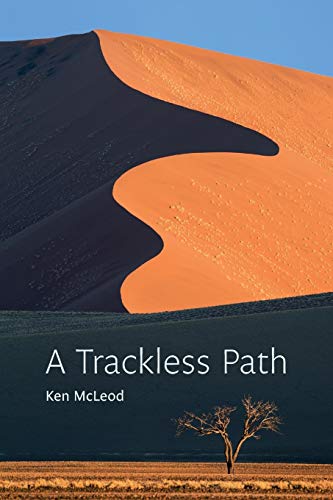What do you think?
Rate this book


140 pages, Paperback
Published July 8, 2016
“The best way to pray is: stop. Let prayer pray within you whether you know it or not. This means a deep awareness of your true inner identity.”Quentin Meillassoux, a philosopher with whom I have virtually zero familiarity and am thus liable to radically misinterpret (a ludic activity in itself), proposes a theistic atheism: believing in God precisely because he does not exist. Taking this at face value, with none of the philosophical context, I find this counterintuitive idea very charming and empathize with it completely.
-Father Thomas Merton
“In a space beyond all complications and effortWhat does it feel like before you are born? What does it feel like after you die? Any answer by definition cannot be experienced, for they presuppose experience, which presupposes existence. Nevertheless their impossibility precludes neither their imagination nor their pseudoexperience, which locates itself in nirvana and suchlike “awakened” states so compellingly that they impel their pseudoexperiencers to write about it.
Lies a great treasure – no thought, no thinking.” [p.25]
“The language of poetry—the language of metaphor, allusion and awe—then gives way to the language of philosophy—definition, distinctions and reason. Reification takes place. An experience becomes a memory and then an idea. Unnoticed, it becomes a belief and then an ideology.” [p.113]I’m with you there, Ken, and the Athenian Council was right: Socrates was a total huckster. Needless to say he will not be joining my pantheon.